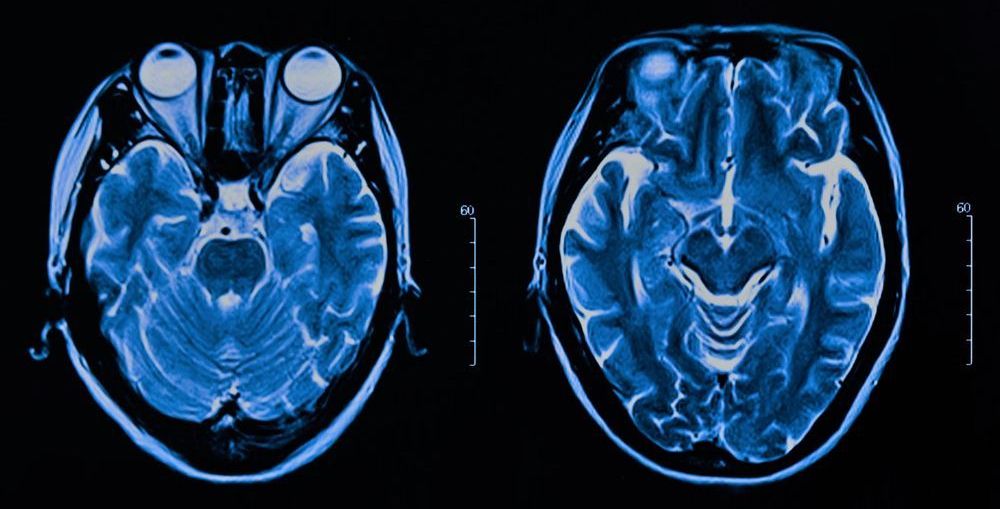Many consumers may have heard of blockchain technology, especially in relation to cryptocurrency. However, they may not be aware of its full potential and impact across industries. Blockchain has the potential to simplify and add greater security to data management, and since its inception, this technology has quietly been changing business processes.
To get further insights, we asked the members of Forbes Technology Council to share some ways blockchain has changed (or will soon change) business. Their best answers are below.
Photo:









